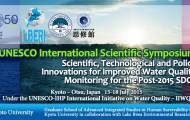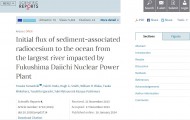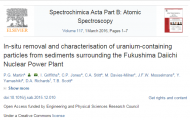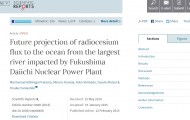Establishment of Planetary Hydrology & Planetary Oceanography by the Earth & Planetary Water Resources Assessment Laboratory.
Earth is known as Water Planet, as this is the only planet with liquid water on its surface among the eight planets in our Solar System.* However, recently rocky (icy) moons located outside of the ‘snow-line’ have been revealed to have much more water than Earth. This is because some of these moons have a solid icy surface and liquid inner core. In this sense, the Earth is no longer the dominating “water” planet in our solar system. However, it is true that, Earth is the only habitable planet for us, having a hydrological cycle with appropriate solar irradiance (1367 W/m2).
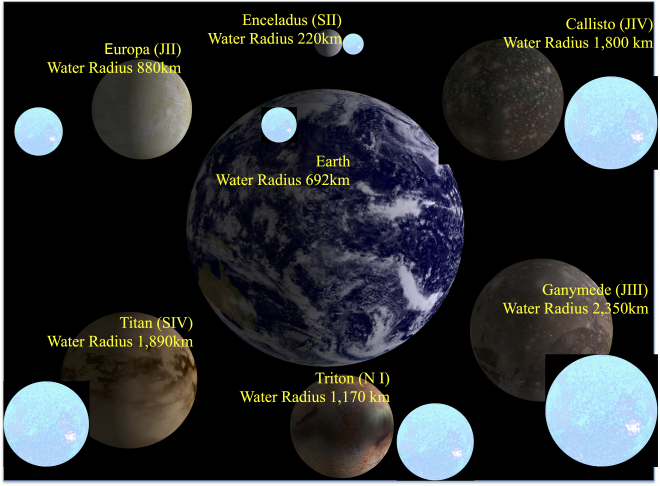
Other than Earth, how many water planets are in our universe ? At least in nearby stars ? The ExoKyoto database developed by our laboratory is capable classifying these.
According to Kopparapu et al. 2013, we have discovered 21 planets which may have an ocean (including Earth & Mars it becomes 23).
http://www.exoplanetkyoto.org/exohtml/A_Habitable_Kop.html
Of these planets, 17 of them (including Venus & Earth becomes 19) are considered as habitable, based on a calculation using the Solar Equivalent Astronomical Unit.
http://www.exoplanetkyoto.org/exohtml/A_Habitable_SEAU.html
All of these however, have no confirmed ocean yet, as the most nearby habitable planet Proxima Cen b is situated 4.37 light years, whereas the most Earth-like planet, Kepler-452 b is located around 1,400 light years away from our solar system. Since human beings are not capable visiting even Mars, it is almost impossible for us to visit in the near future.**
After studying this, the importance of Earth becomes clear – the Water Planet – considering the preciousness of its existence. The more we understand about nearby water planets and moons, the more evident the rarity of Earth becomes. Accordingly, it is an important mission to establish a feasible solution on how to protect the precious water resources on Earth.
The Earth and Planetary Water Resources Assessment laboratory (EPW) has been re-titled from the previous “Global Water Resources Assessment Laboratory” (GWR), according to this specific need in evaluating planetary water resources outside of our planet. We seek the establishment of “Planetary Hydrology” and, even “Planetary Oceanography” in the future when we may see and visit those “Water Exoplanets”, by applying knowledge and resources developed by ExoKyoto and other hydrological applications, including Hydro-debris and other models.
*Titan (SIV) icy moon in Saturn possesses liquid (methane) in its surface,
https://www.nasa.gov/feature/the-mysterious-lakes-on-saturns-moon-titan
** Breakthrough international is now developing new project entitled as “Star-shot project”, launching tips to take pictures of the Proxima Cen b.





